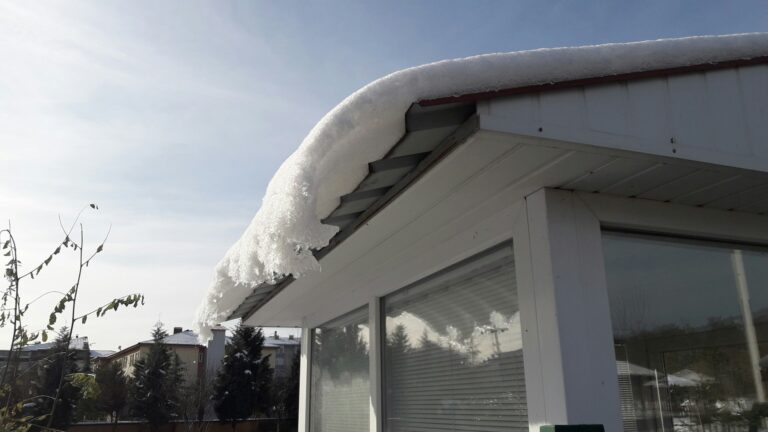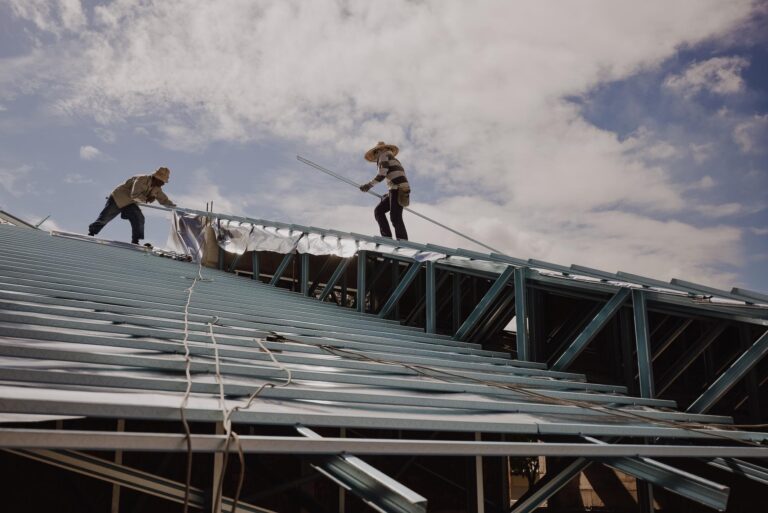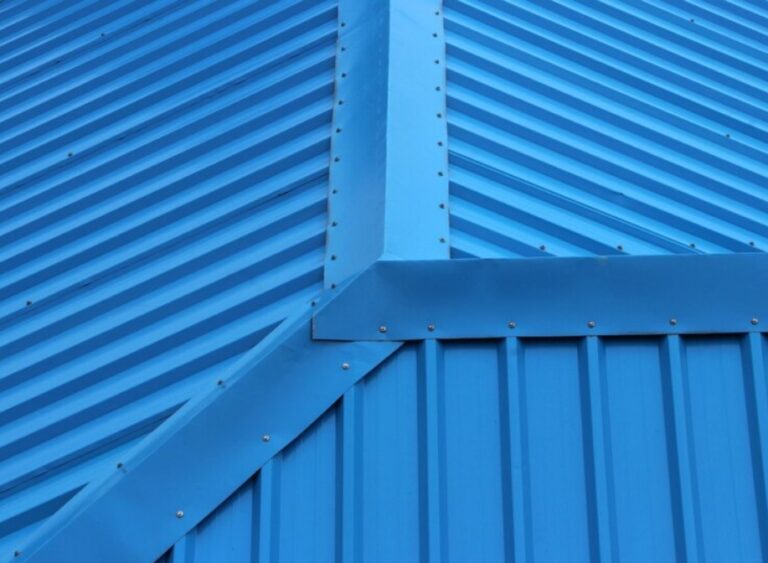Corrugated steel roof panels are known for being tough, long-lasting, and good-looking. They’re used on all kinds of structures, from homes to farm buildings to warehouses. But even the strongest materials can run into problems if they’re not cared for right or installed properly. One of those problems is buckling. When panels start to warp or bend out of place, it’s easy to notice, and even easier to worry about.
Figuring out what causes buckling helps keep those panels working like they should. If a roof looks wavy or bumpy, that’s not just a cosmetic issue. It usually means there’s something more going on under the surface. Whether you’re a homeowner checking your roof after a storm or a property manager looking out for long-term durability, knowing the typical causes can save you a lot of future trouble.
Understanding Corrugated Steel Roof Panels
Corrugated steel roof panels are sheets of metal with a repetitive, wave-like shape pressed into them. That shape isn’t just for looks. It makes the sheets stronger, more rigid, and able to span longer distances without extra support. They’re built to handle snow, wind, rain, and even heat. Because of those features, lots of people rely on them for both small sheds and large barns.
These panels are often made from galvanized or coated steel to protect the metal from rust and moisture. That means they’re built to last, especially when installed correctly and maintained over time. Their flexibility and strength are two reasons they’re so widely used. But like anything else, they can experience problems when pushed beyond their limit or when installed in a way that doesn’t account for different conditions.
An example of this is when someone installs the panels tightly without allowing any space between sheets for temperature changes. At first, it may seem fine. But once summer hits and those panels heat up, they expand and have nowhere to go. That pressure builds and eventually forces the metal to buckle. So even something as simple as spacing between panels during installation plays a big role in how well the roof performs.
Common Causes Of Buckling
While buckling might seem sudden, it usually happens due to a mix of small issues that add up over time. The surface might look fine after installation, but changes in weather or material stress can slowly start shifting the panels. Here are the typical causes behind buckling:
1. Temperature Swings
Metal expands when it gets hot and contracts when it cools down. Without enough room to move, panels start pressing against each other. Eventually, that pressure pushes them out of shape.
2. Improper Installation
If the panels are installed too tightly or without allowing for movement, they can’t shift naturally with the weather. Fasteners that are placed incorrectly can also trap sections of the panel, making it harder for them to flex under stress.
3. Low-Quality Materials
Thin or poorly treated metal has a harder time holding up against stress. It reacts more to heat and is more likely to warp or bend under pressure. That includes coatings that wear down too fast or don’t protect the panel properly.
4. Structural Movement Or Load Stress
Roof frames shift slightly as buildings settle or take on extra weight from snow, wind, or added layers. If the roof frame starts to bend or twist and the panels are stiffly attached, something has to give. Usually, that’s the metal.
5. Excess Moisture And Trapped Water Vapor
If moisture gets trapped under the panels and can’t escape, it can cause pressure to build below. Over time, this can bubble up the sheets in certain spots, making them buckle and pushing fasteners loose.
Spotting the early signs of buckling, like uneven seams or areas that rise slightly off the substrate, gives you a chance to act before it spreads across wider sections of the roof. Ignoring it can lead to leaks, wasted energy, or even damage underneath the panels.
Prevention And Maintenance Tips
If you want corrugated steel roof panels to stay in top shape, preventing buckling starts the moment they’re installed. Avoiding shortcuts during installation can save a roof from years of problems. Panels need to be positioned with space to grow and shift as temperatures rise and fall. It’s not just about laying them down straight. It’s about knowing how the material behaves across seasons.
The first step is choosing high-quality panels made with coatings built to withstand sun, rain, and snow. Thicker panels with solid finishes tend to perform better across the long haul. Just as important is how they’re fastened. Screws should be placed evenly, not overtightened. It’s better to let the panel move a little than lock it in and watch it buckle later.
Ongoing care also plays a big role. Here are a few maintenance habits that help reduce the chances of issues over time:
– Conduct seasonal roof checkups, especially after big weather events like hail or heavy snow
– Look for any raised seams, loose screws, or rust spots when walking the perimeter
– Keep debris cleared off. Branches and leaves can trap water under panels
– Watch for signs of sagging or shifting in the structure supporting the panels
– At least once a year, have a professional inspect the roof for signs of movement or damage beneath the surface
If something looks off, don’t wait. Minor repairs made early can prevent much bigger problems later. It’s also smart to keep installation and material records. Knowing what went into your roof can help anyone assessing or fixing it later.
How to Keep Buckling From Becoming Your Reality
Once a roof starts to buckle, it’s hard to ignore. Those waves and ripples mean something’s going wrong. Whether it comes from searing summer heat, winter snow, or a drywall screw driven a little too tight, all those little errors and stresses add up. A few common causes include temperature changes, poor installation, lower-grade materials, structural shifts, and moisture building up where it shouldn’t.
Being alert to these potential problems saves time, frustration, and plenty of money. Routine upkeep isn’t just for looks. It’s about catching issues before they turn serious. A warped roof panel can lead to leaks, energy loss, and structural damage if left alone too long.
Taking action early, using reliable materials, and working with people who know what they’re doing can make all the difference. It turns a roof into a lasting part of your property, not a constant repair job. What matters most is staying aware and keeping ahead of small problems before they become anything bigger.
If you’re aiming for long-term roof performance, the right setup makes all the difference. Proper install spacing, quality fasteners, and regular inspections are just a few ways to avoid issues like buckling and warping. At Acme Sheet Metals Inc, we specialize in solutions that hold up to every season. Learn how our experience with corrugated steel roof panels can help you get the most out of your roofing system.



